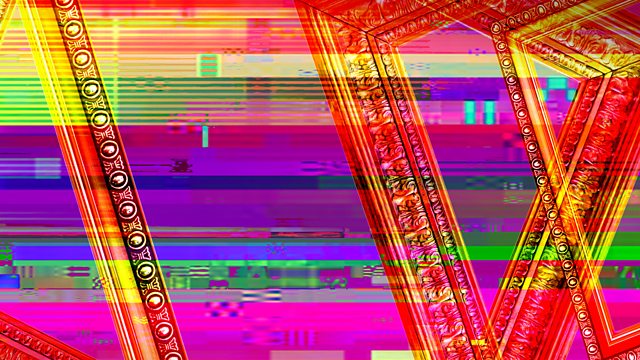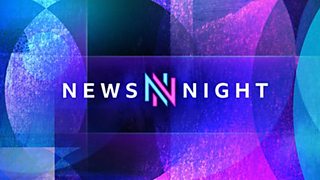
NFTs: the art world's digital future?
Traditional artworks are valuable because they are unique. But digital files can be endlessly duplicated.
NFTs can solve this, creating one of a kind assets in the digital world.
Traditional artworks are valuable because they are unique. But digital files can be endlessly duplicated.
NFTs can solve this, creating one of a kind assets in the digital world.
In economics, a fungible asset is something with units that can be readily interchanged - like money.
With money, you can swap a £10 note for two £5 notes and it will have the same value.
However, if something is non-fungible, this is impossible - it means it has unique properties so it cannot be interchanged with something else.
It could be a house, or a painting such as the Mona Lisa, which is one of a kind. You can take a photo of the painting or buy a print but there will only ever be the one original painting.
NFTs are "one-of-a-kind" assets in the digital world that can be bought and sold like any other piece of property, but they have no tangible form of their own.
The digital tokens can be thought of as certificates of ownership for virtual or physical assets.
Traditional works of art such as paintings are valuable because they are one of a kind.
But digital files can be easily and endlessly duplicated.
With NFTs, artwork can be "tokenised" to create a digital certificate of ownership that can be bought and sold.
So are NFTs the future of the art world in a digital age?
Duration:
This clip is from
More clips from Newsnight
-
![]()
Archive: Life inside Gaza’s front line town of Rafah (2004)
Duration: 11:24
-
![]()
Archive: Israeli soldiers search for tunnels in Gaza (2004)
Duration: 10:48





